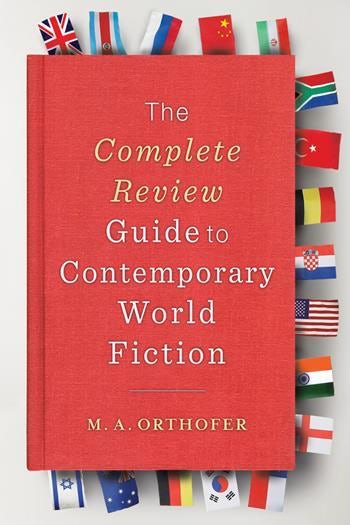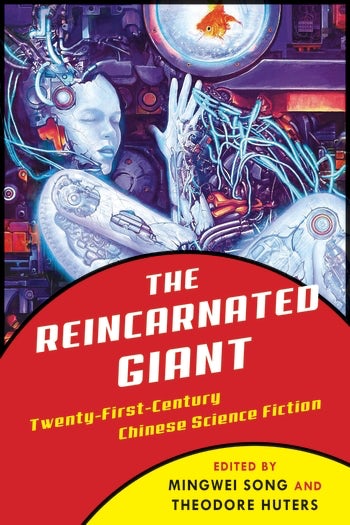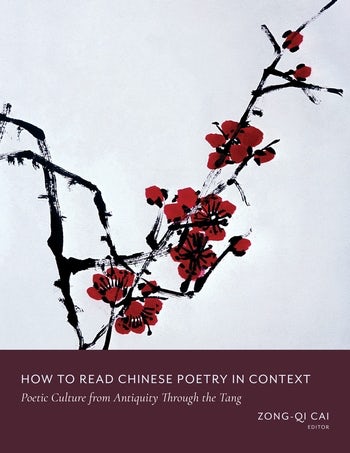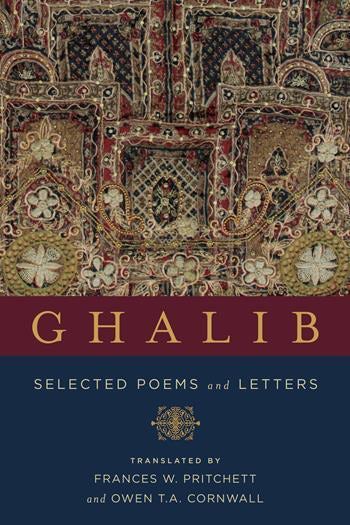M.A. Orthofer on writing The Complete Review Guide to Contemporary World Fiction

September is National Translation Month, a month to celebrate works of literature in translation. Throughout the month we will feature excerpts from recent titles and guest posts from translators and scholars. To kickoff our #NTM2018 celebration we have a guest post from M. A. Orthofer, the founder and lead contributor to the literary weblog Complete Review and the author of The Complete Review Guide to Contemporary World Fiction, the perfect reference for English-language readers who are eager to explore fiction from around the world.
Remember to enter our drawing for a chance to win a free copy of the book!
• • • • • •
When writing The Complete Review Guide to Contemporary World Fiction the first decision I had to make was how to structure the book. It wasn’t a hard choice: we’re so used to looking at the contemporary world as one divided into and made up of nation-states that country by country was obviously the most convenient way to arrange it. Even though some countries have more pronounced national identities than others, and although there is some blurring along the border-lines – some are more obviously artificial, some less tight and imposing than others, and some have been rejigged during the span covered in the guide (post-World War II, roughly), such as in the fallout of what used to be Yugoslavia and the Soviet Union – it’s easy to think of the world, and of literature, divided up like this.
Looking at the world in this compartmentalized way struck home even more forcefully to me the awareness of just how widespread the use of English has become. Geographically, fiction written in English easily covers much of the globe. On almost every continent there are countries where English is either the dominant or a leading literary language, huge swathes from Australia to the United States, India to South Africa, the United Kingdom to Nigeria.
“On almost every continent there are countries where English is either the dominant or a leading literary language…”
I wanted The Complete Review Guide to Contemporary World Fiction to be a reader’s guide, and so it is focused on titles that are available in English. The pool of books to choose from is huge – but it’s really two pools: the enormous one of fiction written in English in the first place, and the much smaller one of fiction in translation, that sliver of the vast amount written in other languages that makes it into English. The disparity is remarkable: the number of works of fiction written in English published annually in the United States alone is in the tens of thousands, compared to only a few hundred new works in translation. (The invaluable Three Percent translation database at Publishers Weekly has the essential translation numbers (and titles) for the past decade.) The incredibly wide array of English titles alone, covering so much of the world and of such great variety, across almost all imaginable genres and subject matters, might, at first glance, even seem adequate – what more do we need, given all this wealth of choice? – but even just a cursory closer look shows just how much we’d be missing out on if we limited ourselves to that.
Even in countries where many authors write in English, there’s often a rich tradition of writing in other languages. India is a case in point – and a prime example of where a purely national perspective, lumping together everything simply as ‘Indian,’ obscures a great deal. With its many regional languages, often with tens or hundreds of millions of native-speakers, and many different literary traditions, there is a cornucopia of great fiction here. We’re lucky that, because English is itself widespread in India, a decent amount of this regional fiction is available in English translation. But in proceeding country by country in putting together my Guide, it became increasingly and frustratingly clear to me how much of the significant and popular local fiction is not accessible to us. Limiting myself to introducing and discussing the fiction available in English translation often felt like presenting only the tip of an iceberg. Or rather, of many, many icebergs.
“Limiting myself to introducing and discussing the fiction available in English translation often felt like presenting only the tip of an iceberg. Or rather, of many, many icebergs.”
It’s been encouraging to see a renewed interest in and enthusiasm in fiction in translation in the English-speaking centers of the world over the past ten or fifteen years. An impressive variety of new and established independent publishers have dedicated themselves to literature in translation greatly expanding the range of what we see in translation. Online publications and blogs with a focus on translation have helped raise awareness of what is available – and what should be. And translators have become more visible and vocal spokespeople for their work (even if they’re still not always adequately acknowledged on book-covers…).
“It’s been encouraging to see a renewed interest in and enthusiasm in fiction in translation in the English-speaking centers of the world…”
There is still a long way to go; there is so much more literature that we haven’t been exposed to. We’ll never catch up to all of it, but we can make greater – and better – inroads. Almost a decade ago, Tim Parks complained of The Dull New Global Novel, and English-language dominance certainly continues to fuel that trend. Fortunately, there are other trends as well. If the major publishers tend to play it safe and offer what can seem numbingly familiar when bringing books from abroad, far more nimble small independents are continuing to explore far more interesting corners of the literary (and geographic) world. Without the same marketing dollars behind these books, information about them many not reach us as easily, but interested readers can find many resources to help guide them – not least from independent booksellers, whose attentive curation of their collections (often paying special attention to works in translation…) is surely among the reasons why there has also been a revival of independent bookstores in recent years. And of course I like to think of my Guide as a good starting point for interested readers, too….
• • • • • •
Curious to find out more? Read the introduction to The Complete Review Guide to Contemporary World Fiction.







